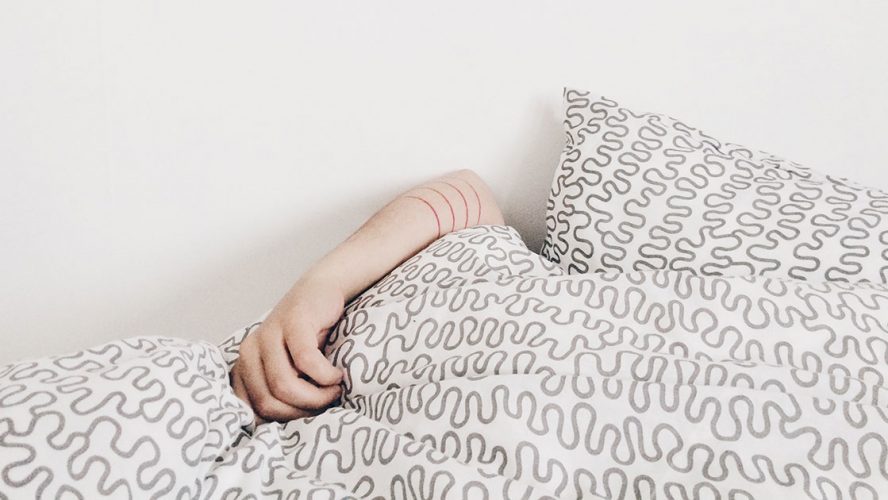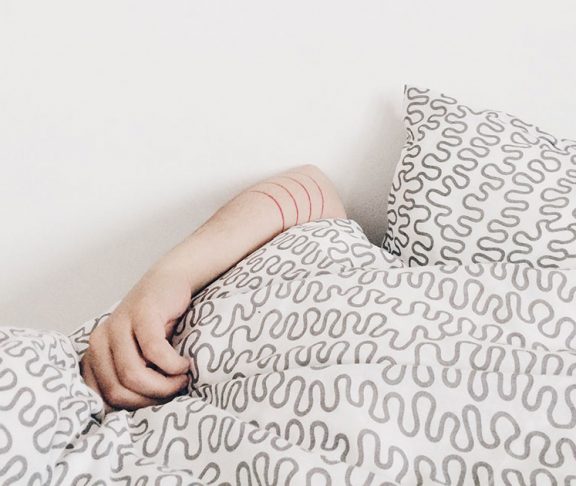Innovations in technology have created amazing new possibilities for how we execute simple tasks throughout our daily lives, whether we’re asking Siri for directions to the nearest gas station or telling Alexa to turn off the kitchen lights. While these devices can make day-to-day life more convenient for everyone, they can be particularly useful within the senior community.
In-home technologies, like the voice-activated products mentioned above, are already being utilized within the home care industry. In-home voice technology products are not only seen as a way to assist seniors themselves, but are also being considered as a potential tool for caregivers to utilize in fulfilling their duties. Some home care providers have conducted experiments exploring the ways in which Amazon’s Alexa could be of assistance in fulfilling the everyday responsibilities of a caregiver. From medication reminders to the ability to place calls or control functions within the house with a mere voice command, these devices have the potential to help caregivers provide an even higher quality of care to their clients.
Technology has not only produced new ways to protect our senior loved ones, but has also allowed us to improve upon already existing practices. Fall detection is one effort that has benefitted from recent technological advances. In the past, wearable fall detection devices would be equipped with a button that must be pushed in order to alert someone of a fall. Today’s wearable devices can automatically detect a falling incident. In addition, when a fall has been detected, many devices offer the option to immediately send text messages and/or emails to that person’s designated emergency contacts. Other features include the option to send the fallen individual’s GPS location to their emergency contacts, as well as a countdown mechanism that enables the person wearing the device to stop any alerts from being delivered within an allotted amount of time, should the device mistakenly detect a fall. According to the Fall Prevention Center of Excellence, falls are the leading cause of injury deaths, unintentional injuries, and hospital admissions for trauma. New technology in fall detection may not only assist seniors by ensuring they receive assistance as soon as possible after a fall, but may also reduce their time in the hospital and/or the cost of medical services.
Technology has also created ways to detect ailments before they become too severe. One company, Pixie Scientific, has developed an incontinence pad to monitor the onset of urinary tract infections (UTI), so that they can be addressed at home rather than requiring hospitalization. Each year 850,000 older adults receive a UTI diagnosis in the emergency room. UTIs can come on very suddenly, and often cause senior individuals to remain in the hospital for several days. The disposable pads, which fit into a brief or pullup, contain a biosensor that monitors for the presence of nitrites in urine, signaling that someone may be developing an infection. These pads are particularly helpful for older adults who may have problems communicating the early symptoms of a UTI, such as those with dementia.
One important concept to keep in mind is that regardless of how advanced these assistive devices may become, technology cannot easily replace the attention and companionship of a caregiver. Alexa may successfully remind one to take medication, but in cases where a senior is unable to do so on their own, a caregiver is still needed to make sure that medication is administered properly. Nonetheless, technology is making it easier for seniors to feel safer and more comfortable to live independently at home, in addition to providing greater peace of mind to their loved ones.

